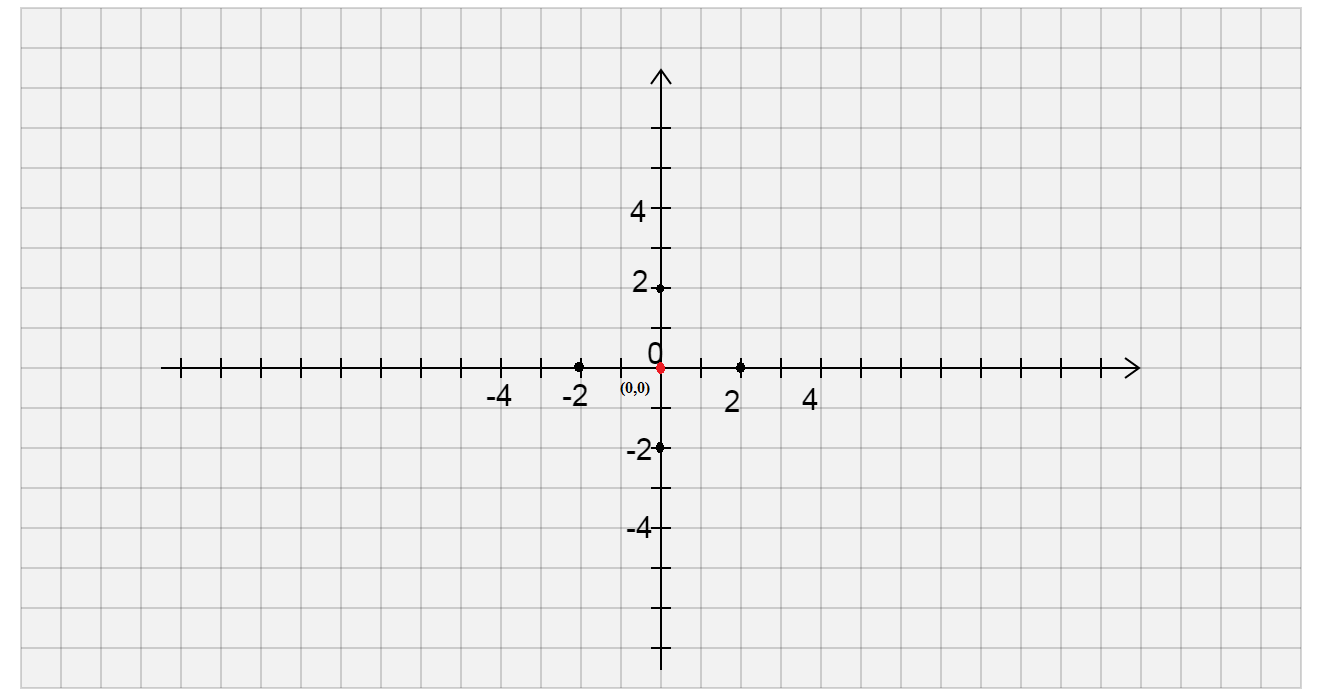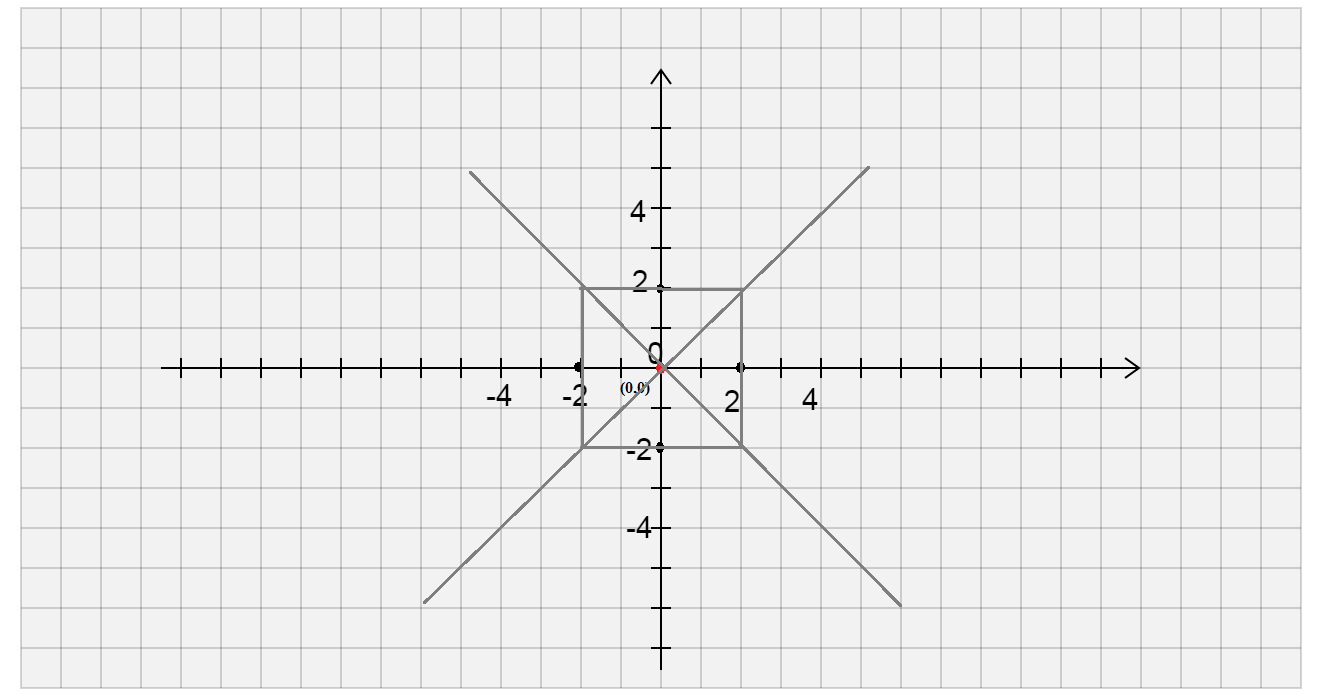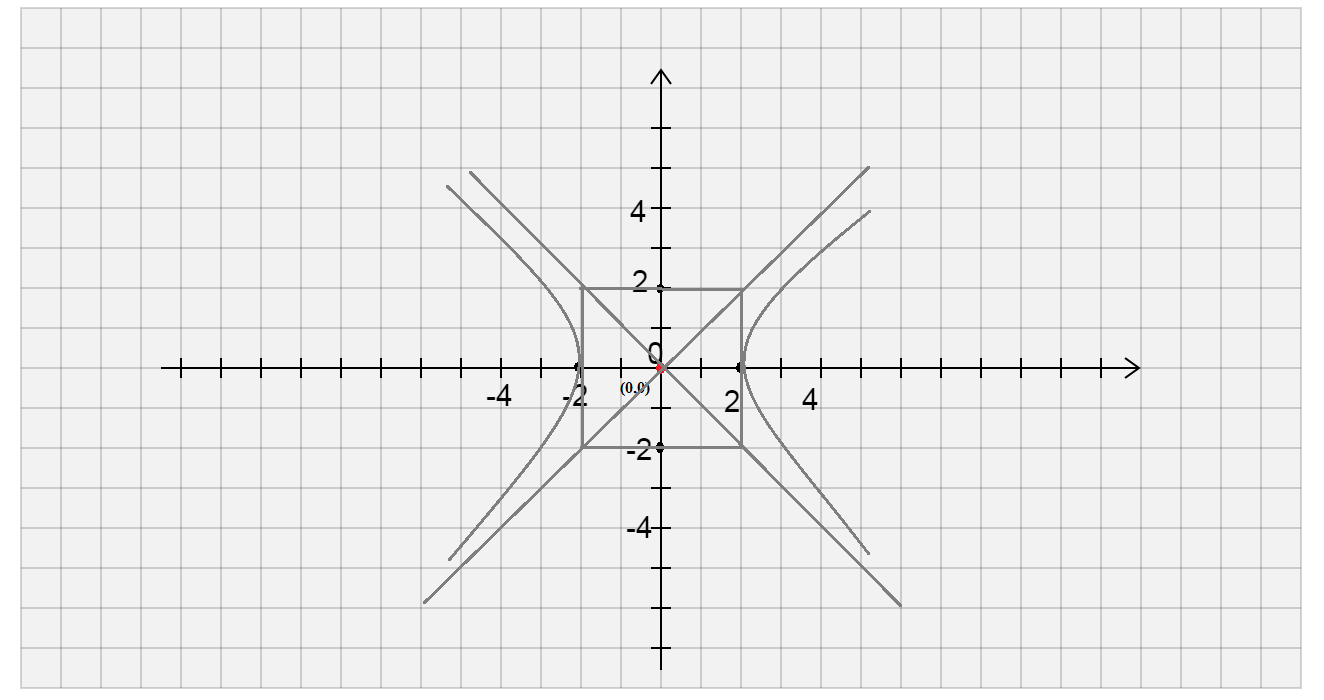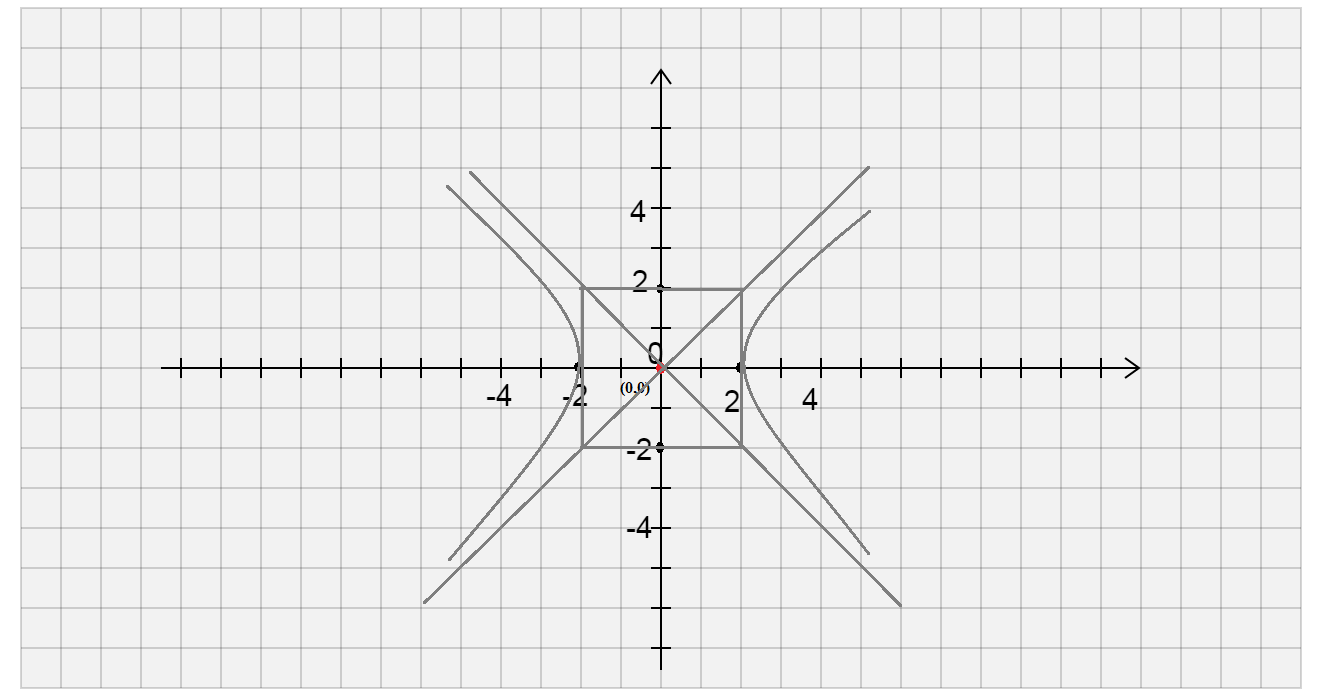Question
Question: How do you graph \[\left( {\dfrac{{{x^2}}}{4}} \right) - \left( {\dfrac{{{y^2}}}{9}} \right) = 1\]?...
How do you graph (4x2)−(9y2)=1?
Solution
We use the definition of hyperbola and write its general equation. Compare the given equation to the general equation of hyperbola and write values of center and vertices.
- General equation of hyperbola having center (h,k)and vertices (h,±a)is given by the equation a2(x−h)2−b2(y−k)2=1.
Complete step-by-step answer:
We are given the equation (4x2)−(9y2)=1
We can write this equation in simpler form i.e. 22(x−0)2−32(y−0)2=1
On comparing this equation with general equation of hyperbola a2(x−h)2−b2(y−k)2=1, we get
h=0;k=0
So, the center (h,k) of the parabola becomes (0,0) … (1)
Now from comparison we can also write a=2;b=3
So, the vertices (h,±a) of the hyperbola become (0,±2)
Asymptotes are the straight lines that continuously approach the curve but never meet the curve
Now we can construct the hyperbola (4x2)−(9y2)=1 using its center (0,0) and its vertices (0,±2)
We know the hyperbola will open in left and right side as the positive value of ‘x’
We first mark the center of hyperbola on the graph and then take 2 units in upward, downward, left and right direction

Now connect these corners as a rectangle and draw lines through corners as asymptotes

Draw hyperbola using the asymptotes opened on right and left side

∴Graph of hyperbola (4x2)−(9y2)=1 is

Note:
Many students make mistake of assuming the equation given in the question as equation of an ellipse as they think the general equation of ellipse is a2x2+b2y2=1 and they think negative sign just indicates graph is elliptical in which direction, but this is wrong concept. Keep in mind we never have a negative sign in an ellipse, a negative sign in such an equation tells us that the equation is of hyperbola.
